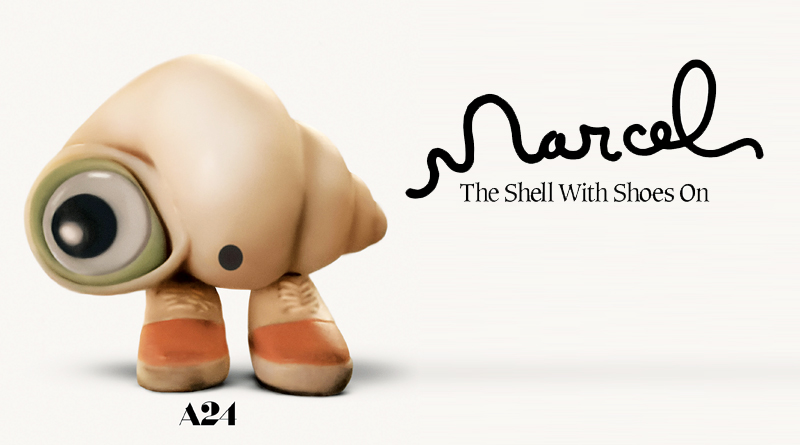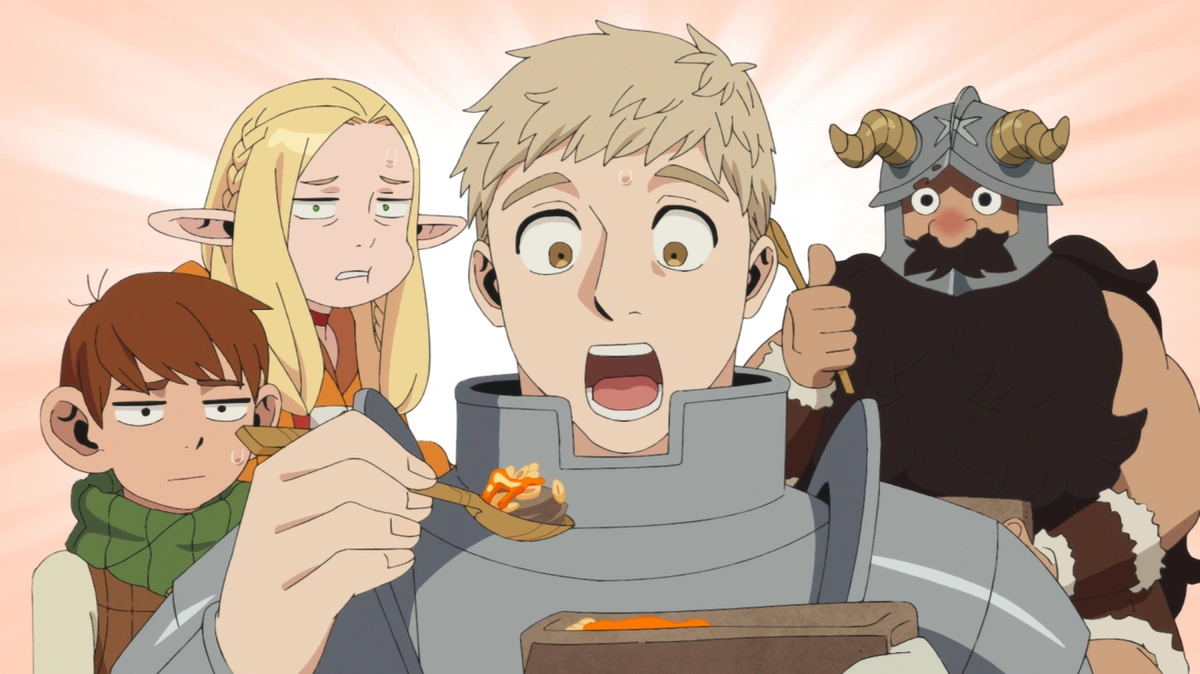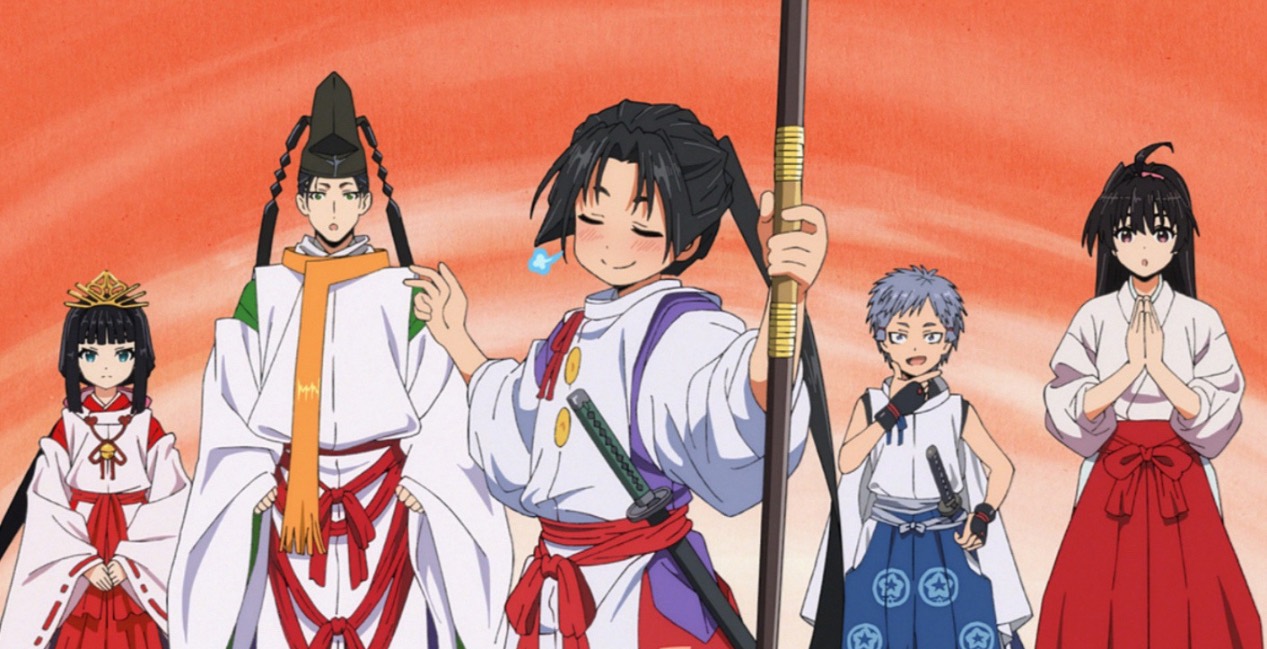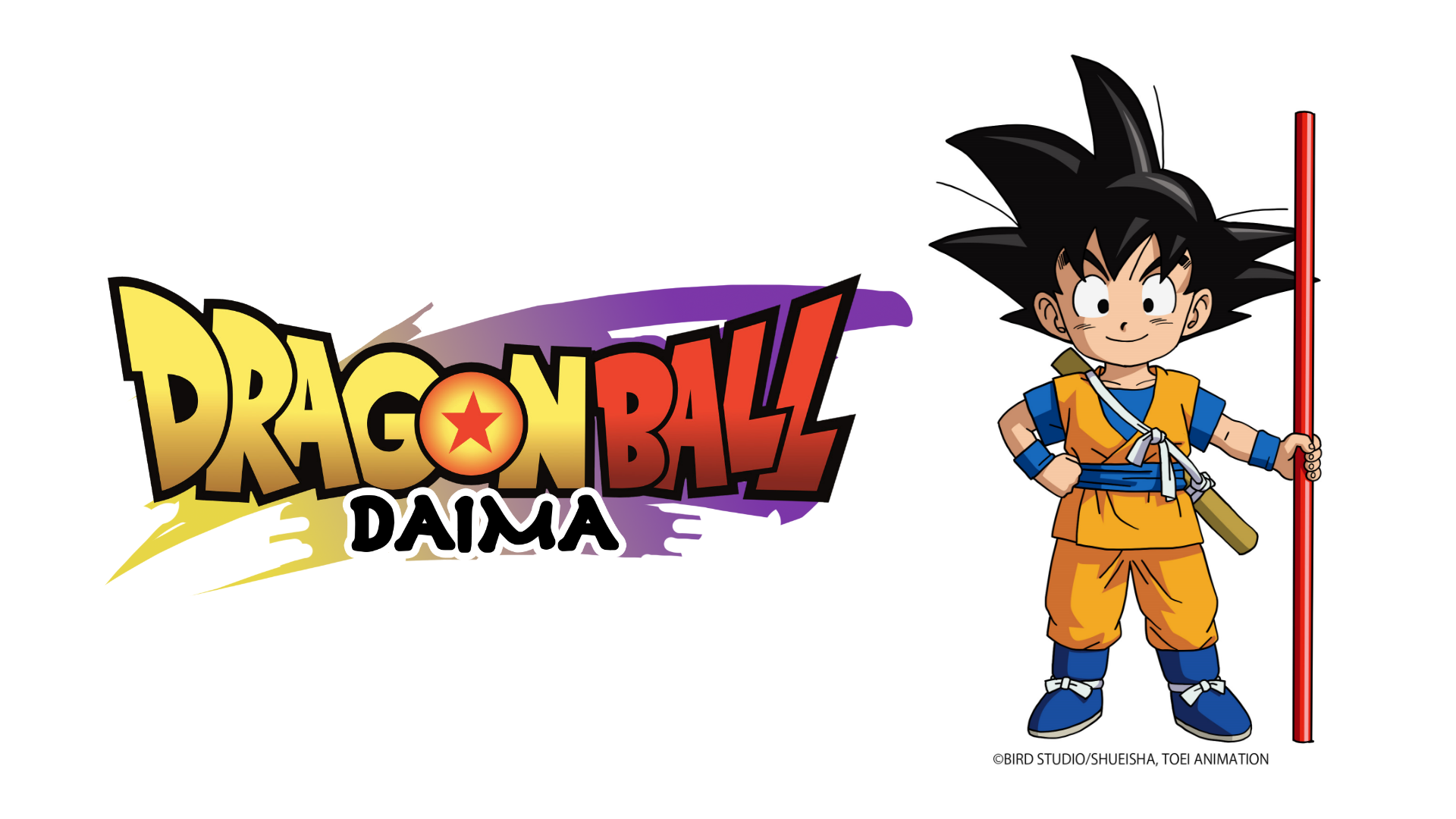The 90th Oscars®, hosted by Jimmy Kimmel, will be held on Sunday, March 4, 2018, at the Dolby Theatre® at Hollywood & Highland Center® in Hollywood, and will be televised live on the ABC Television Network at 6:30 p.m. ET/3:30 p.m. PT. The Oscars also will be televised live in more than 225 countries and territories worldwide.
Performance by an actor in a leading role
- Timothée Chalamet in “Call Me by Your Name”
- Daniel Day-Lewis in “Phantom Thread”
- Daniel Kaluuya in “Get Out”
- Gary Oldman in “Darkest Hour”
- Denzel Washington in “Roman J. Israel, Esq.”
Performance by an actor in a supporting role
- Willem Dafoe in “The Florida Project”
- Woody Harrelson in “Three Billboards outside Ebbing, Missouri”
- Richard Jenkins in “The Shape of Water”
- Christopher Plummer in “All the Money in the World”
- Sam Rockwell in “Three Billboards outside Ebbing, Missouri”
Performance by an actress in a leading role
- Sally Hawkins in “The Shape of Water”
- Frances McDormand in “Three Billboards outside Ebbing, Missouri”
- Margot Robbie in “I, Tonya”
- Saoirse Ronan in “Lady Bird”
- Meryl Streep in “The Post”
Performance by an actress in a supporting role
- Mary J. Blige in “Mudbound”
- Allison Janney in “I, Tonya”
- Lesley Manville in “Phantom Thread”
- Laurie Metcalf in “Lady Bird”
- Octavia Spencer in “The Shape of Water”
Best animated feature film of the year
- “The Boss Baby” Tom McGrath and Ramsey Naito
- “The Breadwinner” Nora Twomey and Anthony Leo
- “Coco” Lee Unkrich and Darla K. Anderson
- “Ferdinand” Carlos Saldanha
- “Loving Vincent” Dorota Kobiela, Hugh Welchman and Ivan Mactaggart
Achievement in cinematography
- “Blade Runner 2049” Roger A. Deakins
- “Darkest Hour” Bruno Delbonnel
- “Dunkirk” Hoyte van Hoytema
- “Mudbound” Rachel Morrison
- “The Shape of Water” Dan Laustsen
Achievement in costume design
- “Beauty and the Beast” Jacqueline Durran
- “Darkest Hour” Jacqueline Durran
- “Phantom Thread” Mark Bridges
- “The Shape of Water” Luis Sequeira
- “Victoria & Abdul” Consolata Boyle
Achievement in directing
- “Dunkirk” Christopher Nolan
- “Get Out” Jordan Peele
- “Lady Bird” Greta Gerwig
- “Phantom Thread” Paul Thomas Anderson
- “The Shape of Water” Guillermo del Toro
Best documentary feature
- “Abacus: Small Enough to Jail” Steve James, Mark Mitten and Julie Goldman
- “Faces Places” Agnès Varda, JR and Rosalie Varda
- “Icarus” Bryan Fogel and Dan Cogan
- “Last Men in Aleppo” Feras Fayyad, Kareem Abeed and Søren Steen Jespersen
- “Strong Island” Yance Ford and Joslyn Barnes
Best documentary short subject
- “Edith+Eddie” Laura Checkoway and Thomas Lee Wright
- “Heaven Is a Traffic Jam on the 405” Frank Stiefel
- “Heroin(e)” Elaine McMillion Sheldon and Kerrin Sheldon
- “Knife Skills” Thomas Lennon
- “Traffic Stop” Kate Davis and David Heilbroner
Achievement in film editing
- “Baby Driver” Paul Machliss and Jonathan Amos
- “Dunkirk” Lee Smith
- “I, Tonya” Tatiana S. Riegel
- “The Shape of Water” Sidney Wolinsky
- “Three Billboards outside Ebbing, Missouri” Jon Gregory
Best foreign language film of the year
- “A Fantastic Woman” Chile
- “The Insult” Lebanon
- “Loveless” Russia
- “On Body and Soul” Hungary
- “The Square” Sweden
Achievement in makeup and hairstyling
- “Darkest Hour” Kazuhiro Tsuji, David Malinowski and Lucy Sibbick
- “Victoria & Abdul” Daniel Phillips and Lou Sheppard
- “Wonder” Arjen Tuiten
Achievement in music written for motion pictures (Original score)
- “Dunkirk” Hans Zimmer
- “Phantom Thread” Jonny Greenwood
- “The Shape of Water” Alexandre Desplat
- “Star Wars: The Last Jedi” John Williams
- “Three Billboards outside Ebbing, Missouri” Carter Burwell
Achievement in music written for motion pictures (Original song)
- “Mighty River” from “Mudbound”
- Music and Lyric by Mary J. Blige, Raphael Saadiq and Taura Stinson
- “Mystery Of Love” from “Call Me by Your Name”
- Music and Lyric by Sufjan Stevens
- “Remember Me” from “Coco”
- Music and Lyric by Kristen Anderson-Lopez and Robert Lopez
- “Stand Up For Something” from “Marshall”
- Music by Diane Warren; Lyric by Lonnie R. Lynn and Diane Warren
- “This Is Me” from “The Greatest Showman”
- Music and Lyric by Benj Pasek and Justin Paul
Best motion picture of the year
- “Call Me by Your Name” Peter Spears, Luca Guadagnino, Emilie Georges and Marco Morabito, Producers
- “Darkest Hour” Tim Bevan, Eric Fellner, Lisa Bruce, Anthony McCarten and Douglas Urbanski, Producers
- “Dunkirk” Emma Thomas and Christopher Nolan, Producers
- “Get Out” Sean McKittrick, Jason Blum, Edward H. Hamm Jr. and Jordan Peele, Producers
- “Lady Bird” Scott Rudin, Eli Bush and Evelyn O’Neill, Producers
- “Phantom Thread” JoAnne Sellar, Paul Thomas Anderson, Megan Ellison and Daniel Lupi, Producers
- “The Post” Amy Pascal, Steven Spielberg and Kristie Macosko Krieger, Producers
- “The Shape of Water” Guillermo del Toro and J. Miles Dale, Producers
- “Three Billboards outside Ebbing, Missouri” Graham Broadbent, Pete Czernin and Martin McDonagh, Producers
Achievement in production design
- “Beauty and the Beast” Production Design: Sarah Greenwood; Set Decoration: Katie Spencer
- “Blade Runner 2049” Production Design: Dennis Gassner; Set Decoration: Alessandra Querzola
- “Darkest Hour” Production Design: Sarah Greenwood; Set Decoration: Katie Spencer
- “Dunkirk” Production Design: Nathan Crowley; Set Decoration: Gary Fettis
- “The Shape of Water” Production Design: Paul Denham Austerberry; Set Decoration: Shane Vieau and Jeff Melvin
Best animated short film
- “Dear Basketball” Glen Keane and Kobe Bryant
- “Garden Party” Victor Caire and Gabriel Grapperon
- “Lou” Dave Mullins and Dana Murray
- “Negative Space” Max Porter and Ru Kuwahata
- “Revolting Rhymes” Jakob Schuh and Jan Lachauer
Best live action short film
- “DeKalb Elementary” Reed Van Dyk
- “The Eleven O’Clock” Derin Seale and Josh Lawson
- “My Nephew Emmett” Kevin Wilson, Jr.
- “The Silent Child” Chris Overton and Rachel Shenton
- “Watu Wote/All of Us” Katja Benrath and Tobias Rosen
Achievement in sound editing
- “Baby Driver” Julian Slater
- “Blade Runner 2049” Mark Mangini and Theo Green
- “Dunkirk” Richard King and Alex Gibson
- “The Shape of Water” Nathan Robitaille and Nelson Ferreira
- “Star Wars: The Last Jedi” Matthew Wood and Ren Klyce
Achievement in sound mixing
- “Baby Driver” Julian Slater, Tim Cavagin and Mary H. Ellis
- “Blade Runner 2049” Ron Bartlett, Doug Hemphill and Mac Ruth
- “Dunkirk” Mark Weingarten, Gregg Landaker and Gary A. Rizzo
- “The Shape of Water” Christian Cooke, Brad Zoern and Glen Gauthier
- “Star Wars: The Last Jedi” David Parker, Michael Semanick, Ren Klyce and Stuart Wilson
Achievement in visual effects
- “Blade Runner 2049” John Nelson, Gerd Nefzer, Paul Lambert and Richard R. Hoover
- “Guardians of the Galaxy Vol. 2” Christopher Townsend, Guy Williams, Jonathan Fawkner and Dan Sudick
- “Kong: Skull Island” Stephen Rosenbaum, Jeff White, Scott Benza and Mike Meinardus
- “Star Wars: The Last Jedi” Ben Morris, Mike Mulholland, Neal Scanlan and Chris Corbould
- “War for the Planet of the Apes” Joe Letteri, Daniel Barrett, Dan Lemmon and Joel Whist
Adapted screenplay
- “Call Me by Your Name” Screenplay by James Ivory
- “The Disaster Artist” Screenplay by Scott Neustadter & Michael H. Weber
- “Logan” Screenplay by Scott Frank & James Mangold and Michael Green; Story by James Mangold
- “Molly’s Game” Written for the screen by Aaron Sorkin
- “Mudbound” Screenplay by Virgil Williams and Dee Rees
Original screenplay
- “The Big Sick” Written by Emily V. Gordon & Kumail Nanjiani
- “Get Out” Written by Jordan Peele
- “Lady Bird” Written by Greta Gerwig
- “The Shape of Water” Screenplay by Guillermo del Toro & Vanessa Taylor; Story by Guillermo del Toro
“Three Billboards outside Ebbing, Missouri” Written by Martin McDonagh

Movie
Movie Review: Katamarayudu

Directed by: Kishore Kumar Pardasani
Written by: Siva
Studio: North Star Entertainment
Runtime: 149 minutes
Genre: Action, Drama
Cast:
Pawan Kalyan as Katamarayudu
Shruti Haasan as Avanthika
Siva Balaji as Katamarayudu’s younger brother
Ajay, Kamal Kamaraju, Chaitanya Krishna in supporting roles
Katamarayudu is a Telugu-language remake of the Tamil film Veeram. This movie blends family drama with high-octane action sequences, delivering a narrative that is quintessentially rooted in southern Indian cinema’s flair for heroism and larger-than-life characters.
The story revolves around Katamarayudu, a righteous and fiercely protective elder brother who has dedicated his life to looking after his younger siblings. Known for his aversion to marriage, his life takes a turn when Avanthika, a poised and graceful woman, enters his life. The movie skillfully combines lighthearted romance, brotherly camaraderie, and intense action sequences, creating an engaging watch for the masses.
Kishore Kumar Pardasani delivers a visually grand spectacle while staying true to the essence of its Tamil original. While the screenplay lacks novelty, it compensates with fast-paced action and emotional beats. The dialogues, although simple, hit the right chords when it comes to showcasing family bonds and love.
Pawan Kalyan is the heart of the film. His screen presence and charismatic portrayal of Katamarayudu dominate every frame. Shruti Haasan offers a refreshing on-screen presence, and her chemistry with Pawan Kalyan adds charm to the narrative. The supporting cast, especially the actors playing the brothers, do justice to their roles, adding depth to the storyline.
The film boasts meticulously choreographed fight scenes, which are a visual treat for action lovers. Anup Rubens’ background score and songs elevate the emotional and action-packed moments. His mass appeal and command over action and emotion anchor the movie effectively.
The film adheres to a conventional template, leaving little room for surprises. At 149 minutes, the film feels stretched, especially in the second half.
Katamarayudu is a feast for fans of Pawan Kalyan and action-packed family dramas. It carries the essence of mass entertainment but doesn’t break new ground. While it caters to the sensibilities of Telugu cinema audiences, others might find its predictability a drawback.
Rating: 8/10 Fans of Pawan Kalyan and high-energy action films will undoubtedly enjoy this one, but those looking for a novel story might find it wanting.
Movie
You Are Not Ready for ‘Marcel the Shell with Shoes On’

“Do you want to watch a film with me? It’s called Marcel the Shell with Shoes On”
“What?”
“It’s about a little shell named Marcel who wears shoes.”
“…”
And that about sums it up! It’s the blob of a week between Christmas and New Year so it was the optimum time to watch a very surreal film recently added to UK Netflix.
Released in 2021 (a blob of a year) Marcel the Shell with Shoes On is about a one-inch-tall shell called Marcel who lives with his grandmother, Connie, in an Airbnb. Marcel usually stays out the way of the house’s various guests as he utilizes his only means of fast transportation (a tennis ball) and walks his pet lint on a string (Alan). This is until a documentary filmmaker named Dean, who is staying at the Airbnb, discovers Marcel and his unique lifestyle.
As filmmakers are wont to do Dean begins to film interviews with Marcel, consequently we get an insight into Marcel’s world both inside and out. Yes, Marcel is a stop-motion hermit crab shell with surprisingly expressive googly eyes but he feels very human. I was unsure about Marcel’s age and gender because he sounds a lot like Lisa Simpson, I did even check that Marcel wasn’t voiced by Yeardly Smith. But Marcel is voiced superbly by Jenny Slate. Marcel comes off as quite childlike with his wide-eyed optimism and naivety (he is a shell I suppose). Yet, like many children, Marcel will utter something so profound he will seem more of a fossil than a shell. When Dean uploads Marcel’s interviews onto YouTube Marcel of course becomes a viral sensation. Marcel reads the comments on his videos, using his tiny shoes to activate the laptop touchpad, which is just adorable! Despite his obvious popularity, Marcel remarks; “It’s an audience. It’s not a community.” Which just drives a stake into the heart of social media.
No, Marcel does not become a teeny-tiny-TikToker, he in fact uses the internet to find his lost community. The house used to be full of anthropomorphic objects including Marcel’s own shell family. They had been living in the house for generations, Connie herself came from the garage travelling by coat pocket to the main house; it’s why she has an accent. Among the community there are anthropomorphic pieces of cereal and because the internet notices this stuff; a tampon! An unfortunate event occurred and the community were accidentally removed from their home one tragic night, leaving Marcel and Connie on their own.
Being an A24 film I knew it would get deep. Marcel’s journey gives the audience a unique perspective of life, death, and community. In a modern world where we are more connected than ever but loneliness has been recognized as a universal health crisis. We could all learn something from this talented little shell and his grandmother. Be like Marcel and don’t get sanded down by life, stay connected to your community and know you are not just rattling around on your own!
It’s a beautifully poignant and quirky film. Despite its metaphysical and existential content, the film doesn’t take itself too seriously. Whether it’s Marcel making rope by winding together the pubic hairs he finds in the drain (he calls them ‘hardy hairs’) or sleeping on slices of bread referring to them as his ‘breadroom’. The film is painstakingly detailed and you can see its roots in a short film. It’s a delightful adventure that has something far bigger to say than its minuscule protagonist.
Five stars.
Streaming
Top Five anime in 2024

As an anime enthusiast and entertainment journalist, I’ve curated a list of the top five must-see anime series of 2024. These selections showcase the diversity and creativity that define the medium, offering compelling narratives and stunning animation.

Delicious in Dungeon
This series combines culinary arts with fantasy adventure, following a group of dungeon explorers who cook and eat the monsters they defeat. The unique premise and mouth-watering depictions of fantasy cuisine make it a standout this year. Kaiju No. 8
Set in a world plagued by kaiju attacks, the story centers on a protagonist who gains the ability to transform into a kaiju himself. The series offers a fresh take on the kaiju genre, blending action with deep character development.

Kaiju No. 8
Set in a world plagued by kaiju attacks, the story centers on a protagonist who gains the ability to transform into a kaiju himself. The series offers a fresh take on the kaiju genre, blending action with deep character development. Solo Leveling
Adapted from the popular web novel, this anime follows a weak hunter who becomes the world’s strongest after a mysterious system grants him unique abilities. Its dynamic animation and gripping storyline have captivated audiences worldwide.

Solo Leveling
Adapted from the popular web novel, this anime follows a weak hunter who becomes the world’s strongest after a mysterious system grants him unique abilities. Its dynamic animation and gripping storyline have captivated audiences worldwide. The Elusive Samurai
Set in feudal Japan, this historical series follows a young samurai who uses his agility and wit to survive in a turbulent era. The anime’s blend of historical context and engaging action sequences has garnered critical acclaim.

The Elusive Samurai
Set in feudal Japan, this historical series follows a young samurai who uses his agility and wit to survive in a turbulent era. The anime’s blend of historical context and engaging action sequences has garnered critical acclaim. Dragon Ball Daima
The latest installment in the iconic Dragon Ball franchise, this series introduces new transformations and challenges for Goku and his friends. Its high-octane battles and nostalgic elements appeal to both longtime fans and newcomers.

Dragon Ball Daima
The latest installment in the iconic Dragon Ball franchise, this series introduces new transformations and challenges for Goku and his friends. Its high-octane battles and nostalgic elements appeal to both longtime fans and newcomers. These anime series exemplify the innovation and storytelling prowess that continue to drive the medium’s global popularity. Whether you’re a seasoned otaku or new to anime, these titles are essential viewing for 2024.

